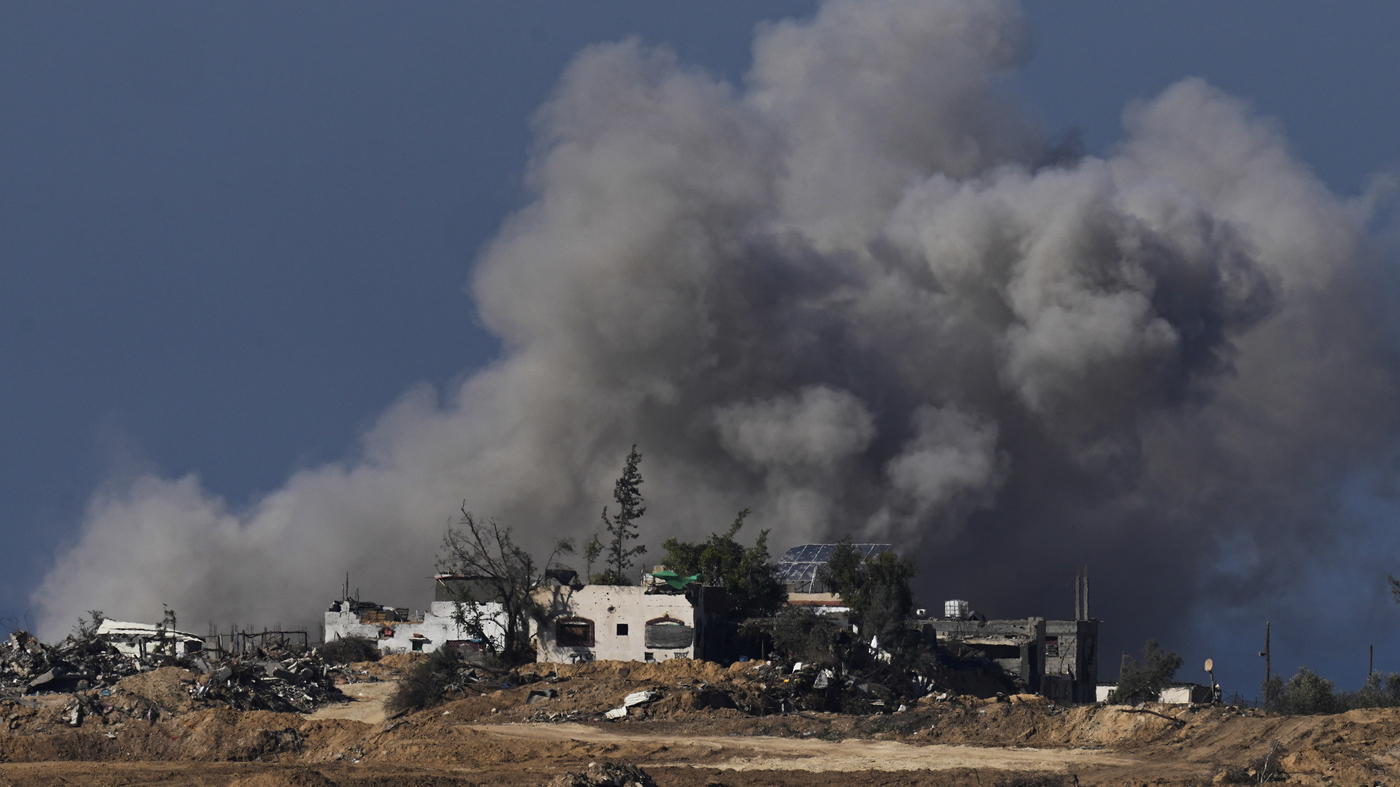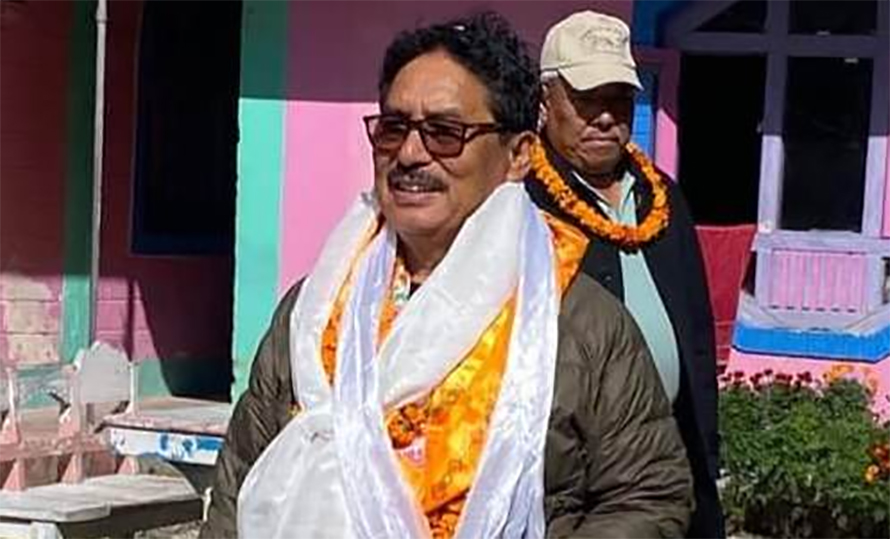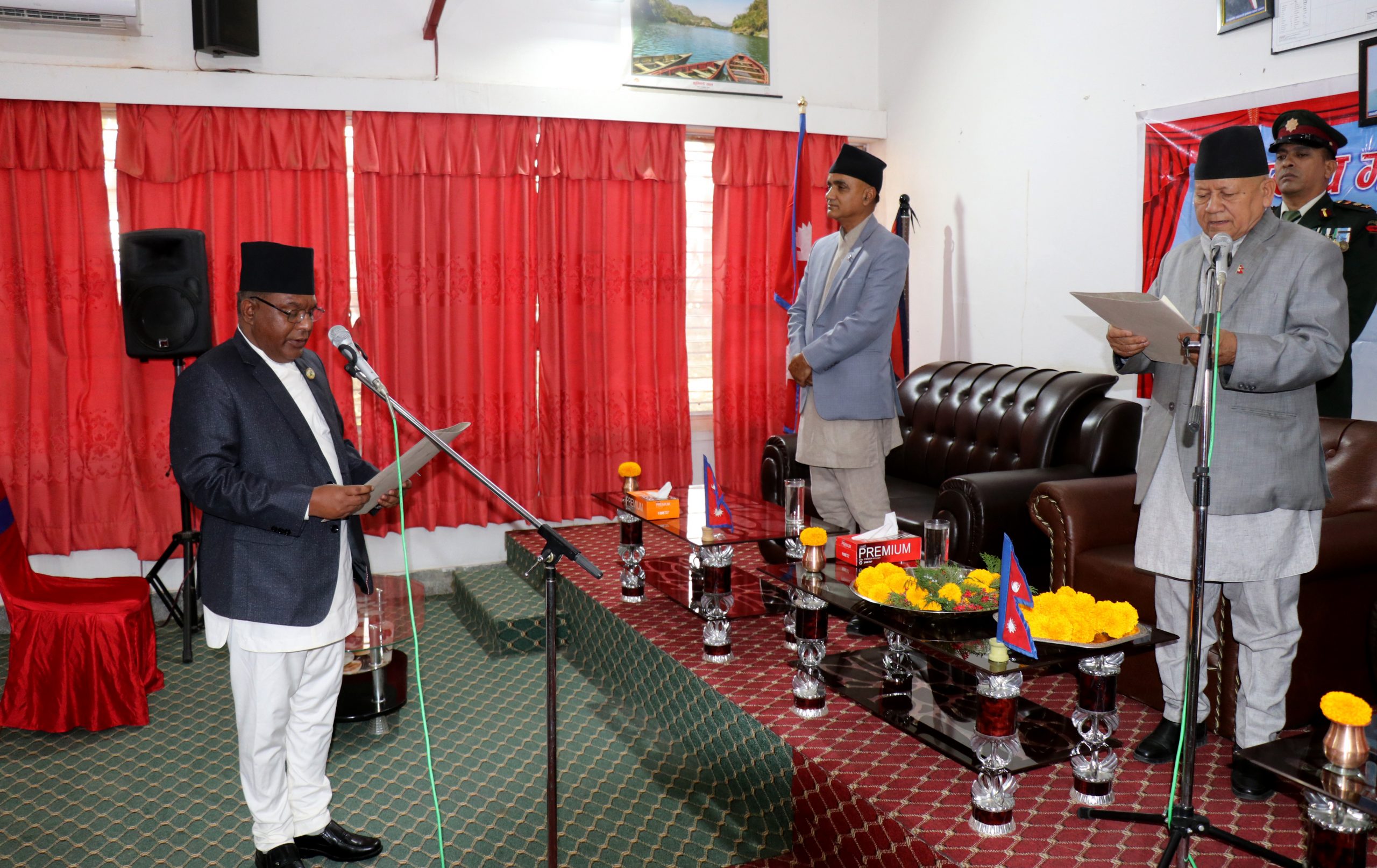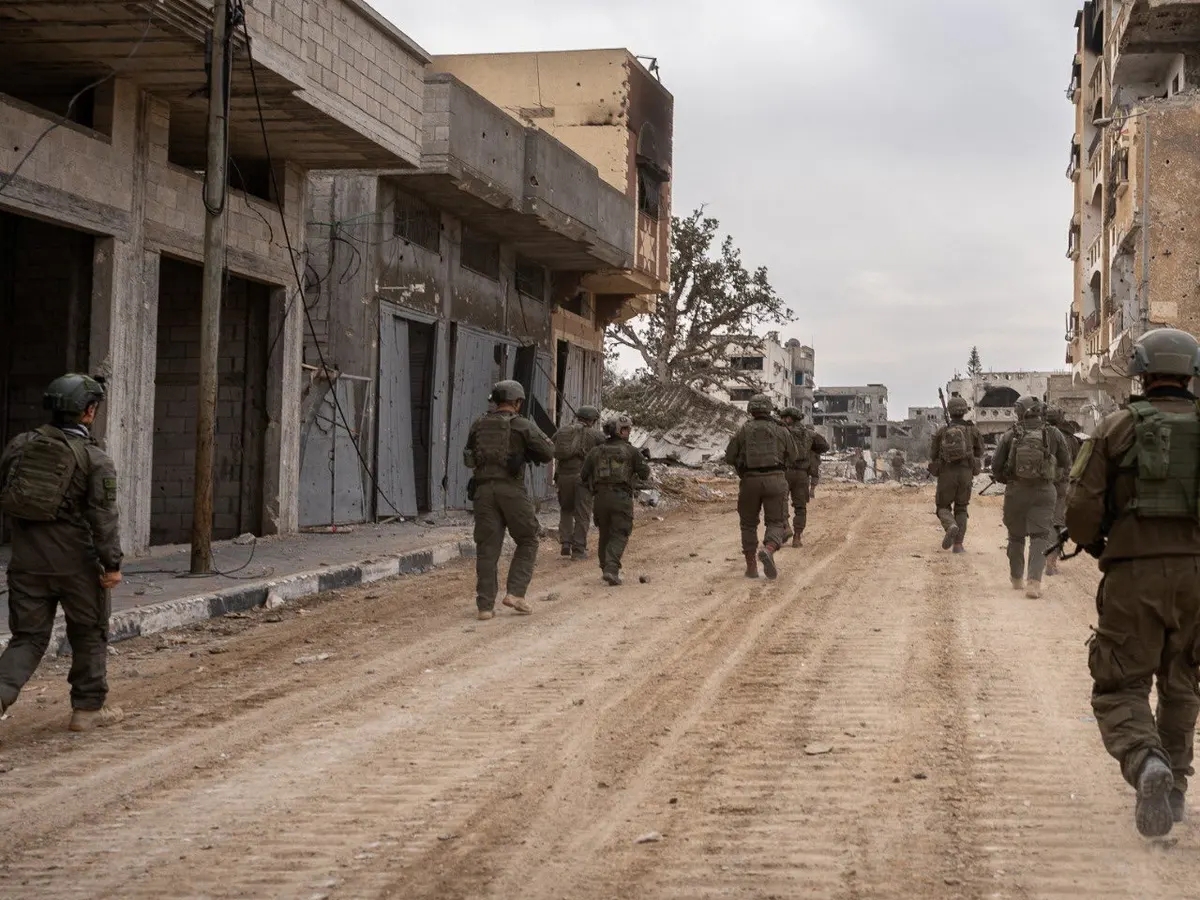Courthouse in the maze
Cholendra Shamsher JB Rana, the suspended Chief Justice, stated that the reason he was impeached was the game to make Karki the Chief Justice.
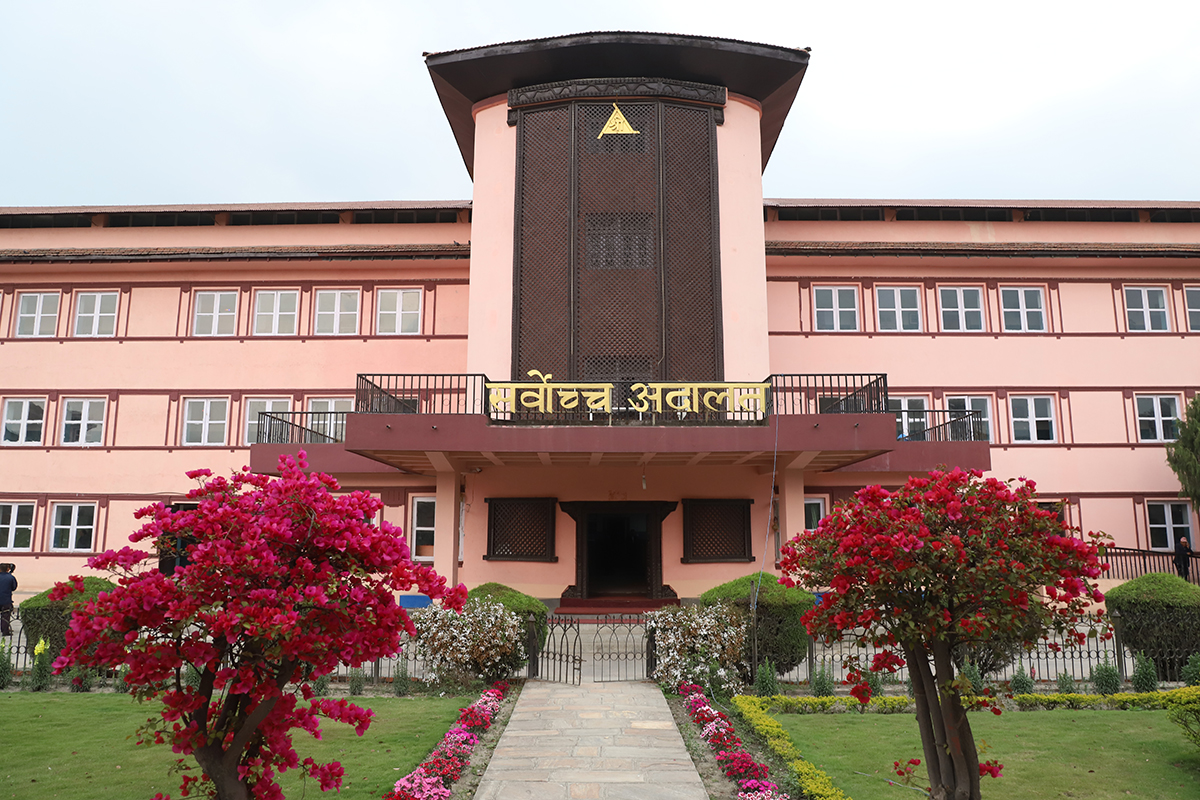
Can Deepak Kumar Karki be the Chief Justice or not? Just as society was upset, the study of the impeachment against Chief Justice Cholendra was also upset in the House of Representatives. Just as the impeachment against Jabara was dismissed, so was the verdict of the Supreme Court. In the meantime, many examples were presented that justice is not delivered on time by the Supreme Court.
Deepak Kumar Karki, Chief Justice of the Supreme Court, retired on Sunday. Chief Justice Karki announced his retirement from the Supreme Court on Ashoj 17 (Oct 3) due to the age limit of 65. He left not long ago. “His dream of becoming Chief Justice remained unfulfilled,” one participant in the farewell program said. In other words, some accuse Karki of playing a role in order to become Chief Justice.
Cholendra Shamsher JB Rana, the suspended Chief Justice, stated that the reason he was impeached was the game to make Karki the Chief Justice.
When JB Rana gave a statement to the Public Prosecution Committee on Bhadra 15 (August 31), he said, “Isn’t there a group formed when I tell the person behind me to make you the Chief Justice?” This is entirely natural.
You asked me to assist you in appointing Deepak Kumar Karki as Chief Justice, even if only for one and a half months, and I declined. The party and the bar were under the impression that by isolating the Chief Justice, they could move the judiciary forward. And the judges became ambitious. This situation was created today by giving those behind me ambition and stating that I will not work.
This work was done by instilling ambition in the second-in-command. That is, as participants in the farewell program stated, Karki was regarded by some in society as the Chief Justice. But, whether he can be Chief Justice or not? Similarly, the House of Representatives discussed the impeachment investigation against Chief Justice Cholendra.
The aforementioned impeachment, as well as the Supreme Court’s decision, were both dismissed. Meanwhile, numerous cases have been presented in which the Supreme Court has failed to deliver justice on time.
The evidence against the appointment of 52 constitutional officers is compelling. The Constitutional Council, led by then-Prime Minister KP Sharma Oli, recommended constitutional officials on Mangsir 30, 2077 (15 Dec 2020). Following that, 52 constitutional officials were recommended and appointed without a parliamentary hearing in Jestha 2078 (May 2021). The case against the appointment has been pending in the Supreme Court’s constitutional bench for 21 months.
As soon as the constitutional bench convened on Shrawan 11 (July 26), senior advocate Sushil Panta questioned, on behalf of the constitutional officers, why the show cause order had not been issued to the constitutional bodies that had filed an opposition, and why no written response had been received from them. The bench agreed as well.
It also stated that a show cause order will be issued in the names of the bodies designated as constitutional officers. Of course, similar efforts to prolong the case and perplex justice have been ongoing in the Supreme Court for the past 21 months.
According to Senior Advocate Shree Hari Aryal, who filed the writ petition challenging the constitutional appointment, the issue has arisen that the court administration is not subordinate to the court.
“Before this, the court has ordered that the President’s Office file be removed.” The deadline had passed, but the file had not arrived.
Then there was another order to remove the file “he claims “The court administration, which must determine who is the opponent and who is not, who must meet the deadline, and whether or not the documents have arrived, is not following the order. That is why I have questioned whether the Supreme Court administration is subject to the court’s authority.
Within three days of the ordinance’s promulgation, the case was brought before the Supreme Court’s constitutional bench on Mangsir 30, 2077 (15 Dec 2020). Since then, the bench has heard the case seven times, but all of the officials and bodies who have been designated as opponents have failed to meet the deadline and demand a written response. Only after the written response is submitted is the case considered ready for a full hearing.
Some people compare this issue to one that has progressed in Lokman’s rhythm. When the decision in the case he was involved in was due to be reviewed by the Supreme Court in 2073, the then-head of the authority, Lok Man Singh Karki, chose to ignore the deadline. If he did not allow the authority’s employees to meet the deadline, the employees who went to his private residence in Baneshwor to meet the deadline were mobbed. Even there, Karki’s relatives refused to let the deadline pass.
The suspended Chief Justice JB Rana is currently staying at the government residence in Baluwatar. As a member of the Constitutional Council, he was named as a defendant in the case. The Supreme Court sent employees to his house to serve the deadline, but he obstructed them.
JB Rana failed to recognize the deadline and instead directed the employees to the ‘Private Secretariat of the Chief Justice’ on the Supreme Court grounds.
Finally, the employees submitted their appointment to the Supreme Court’s ‘Private Secretariat of the Chief Justice.’
“After all of this, Chief Justice KMC (Kathmandu Metropolitan City) has to write a written answer,” Senior Advocate Aryal says, adding that the question of whether he should give a written answer and hear the case in the constitutional bench alone will resurface. Following that, there is a risk that the hearing will be interrupted again.
Lokman attempted to prolong and confuse the Supreme Court case against him six years ago. Even after his efforts to postpone the deadline failed, he attempted to have the case adjourned. To some extent, the case was postponed by displaying a football tournament organized by the Nepal Bar.
Senior advocate Aryal, who advocated for the writ petitioner, has commented that this case also seems to be prolonged in the same manner. ‘In such a situation, even the appointed officials were confused’ Aryal said, ‘Whatever question is raised in the court, if it is resolved, then they are sure to be eligible to remain in office. He could work, otherwise, he would go home.
It is not right for the cases to be confused repeatedly in Anahak. Legal professionals accuse Chief Justice Jabara of obstructing the hearing of cases against constitutional officials as long as he remains in office. The same issue is also mentioned in the impeachment motion against him. Even in the suspended state, he is trying to prolong the hearing in many ways.
In addition, 52 officials appointed in various constitutional bodies also want to prolong the case in one way or another. Senior advocate Aryal said, “Once again, they are trying to delay this case. They are worried that this case will not be heard while these officials are in office.”
It seems that the reputation of Nepal’s judiciary is gradually falling due to this trend. The question mark on the competence and ability of the judges has worried everyone. There are also those who comment that the action of not raising the case and not hearing the case has further damaged the independence and competence of the judiciary.
The Supreme Court of Nepal, which should give justice to nearly three million Nepalis, is not able to give justice to itself. An important question among the common people is how the court, which cannot provide justice to itself, can give confidence to the general public. The recent activity of the Supreme Court in narrowing the scope of admissibility has made ordinary justice workers sad and worried.
How can the Supreme Court, which cannot solve its own problems, solve the problems of the parties to the dispute? How can you earn the trust of the common people by explaining constitutional and legal questions? It is negative that those who lead the court, who want to lead and who cannot have confidence in its maintenance, have thought about what will happen if the dignity and weight of the court cannot be maintained. The public feeling that the bench of the Supreme Court, which is of great importance even for a single minute, has not done its work reveals the state of the judiciary.
The Supreme Court of Nepal has been controversial because of highly political issues such as the decision of a political party to make Khilraj Regmi the head of the judiciary despite being the head of the judiciary. Due to the weakness of the judicial leadership and the selfish thinking, approach and decisions of the political leadership, the judiciary is in such controversy. It is a matter of misfortune that the Supreme Court is active in strengthening the political leadership rather than solving it.
It has become a situation where common service users have to protest regarding the distortions and inconsistencies and corruption in the judiciary. There is no customer-friendly court. Extreme irresponsible and corrupt tendencies prevail. The mediator who settles the case is decisive.
The self-suspended Chief Justice Jabara has revealed to the General Impeachment Recommendation Committee of the House of Representatives that the judges make up their mind about where the money comes from, whether to look into the case, order not to look into it, or decide what to do. By reaching the same General Prosecution Recommendation Committee, the law professionals also talked about the transaction in the corruption case.
Senior advocate Aryal, who represented the writ petitioner, stated that this case appears to be proceeding in the same manner. ‘Even the appointed officials were perplexed in such a situation.’ ‘Whatever question is raised in court, if it is resolved, they are certain to be eligible to remain in office,’ Aryal said. He could work, or he could go home.
That is, trends within the court, as well as the actions and mentalities of justice idols, can be predicted. A purely judicial effort is not successful, but if a mediator or a lawyer is present to settle the case, it can be successful. There are numerous examples of this. Judges have various levels of intimacy and closeness with the litigants. The relationship with those who do not want to get along and are unaware appears to be bitter and hostile. There are so many behaviors and situations that are difficult to comprehend.
Looking at the personalities and tendencies of most agencies, it appears that official responsibility is a priority, while work performance and the dignity and credibility of the organization are secondary concerns. It makes no difference whether you are a necessary component or not. The tendency to believe that whatever is desired for change, republic or democracy, has flourished from the bottom to the top grew after I got the position or responsibility.
It appears that the tendency to maintain the same mindset in any field has taken hold. There is no regard for their responsibilities or abilities. People who have already handed over money are openly committing robbery. It has been safeguarded by political leaders in every field.
Even in the judicial sector, such characters and tendencies are closely related to judicial leadership selection, which explains how the justice of the court is. The complaint that the upper leadership is more influenced by the influence of the judges has also found a place in the Supreme Court controversy.
The current need is for reform and purification of the judiciary as a whole, which is plagued by many of these problems and distortions. What do you expect from someone like this? It may be natural or justified to come out in opposition or support in order to further one’s own interests, but a sane person cannot stand somewhere.
The current Supreme Court situation is also influenced by political leadership. Due to the political tendency to do nothing when there is a conflict of interests, the Supreme Court has been without a Chief Justice for seven months. As a result, it is a significant challenge to be able to correct the political leadership that is bound by the narrow-mindedness of serving self-interest by appointing its own people, even in court.


